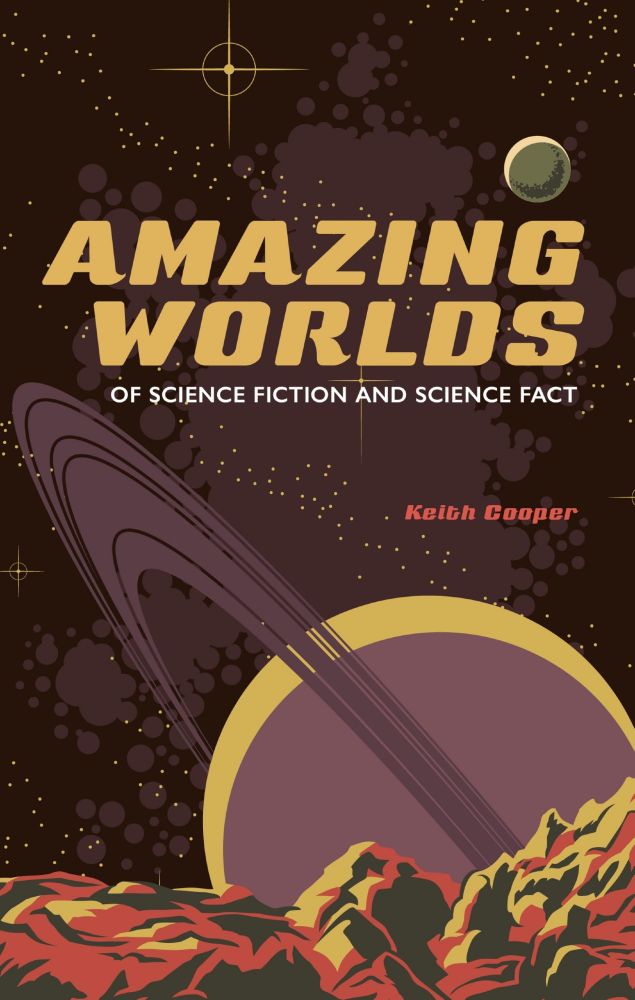



"Examining how the cutting-edge science of exoplanets has enriched or superseded science fiction’s most beloved planetary conventions ... his twin passions for the cosmos of what is and of what might be kept me enthralled throughout."

"Examining how the cutting-edge science of exoplanets has enriched or superseded science fiction’s most beloved planetary conventions ... his twin passions for the cosmos of what is and of what might be kept me enthralled throughout."











Read more of Michael L. Wong's review of "Amazing Worlds of Science Fiction and Science Fact."








www.supercluster.com/editorial/40...

www.supercluster.com/editorial/40...


